Lamps and Luminaires come with omnidirectional or directional light source. Omnidirectional light source, such as an A-lamp emit their light evenly distributed in all directions. Directional light source, such as MR lamps, PAR lamps, downlights or track lights emit their luminous flux in only one direction within a certain angle. Beam angle of a directional light source is an important factor to be evaluated in lighting design decisions.
What is a light beam angle?
The beam angle indicates the angle (in degree) at which the luminous flux exits from the light source. It is the angle within which the goniophotometer measured light intensity above 50% of the maximum (Full Width at Half Maximum). Field angle is occasionally visible in some products spec sheets also together with beam angle. Field angle is the angle within which the measured light intensity above 10% of the maximum. Depending on the distance between the light source and the floor or the illuminated surface, light beam creates a cone with a corresponding diameter. Light beam angle has a direct influence on how large the produced light cone appears in the room.

Though variant may exist depending on different manufactures, beam angle is usually classified in groups as displayed below.
Spot
5o – 15o
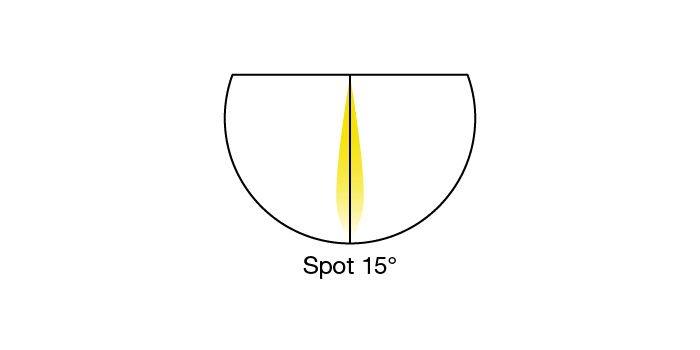
Very Narrow
16o – 25o

Narrow
26o – 40o
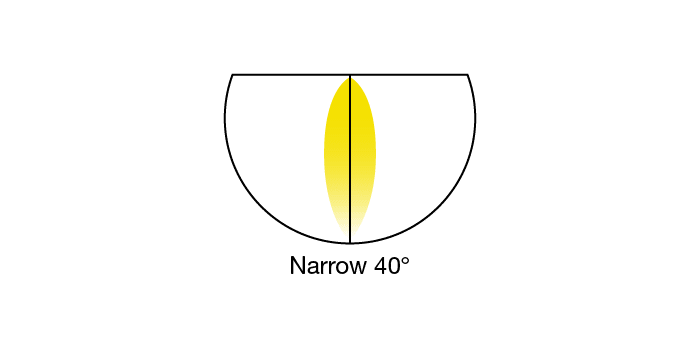
Medium
31o – 60o
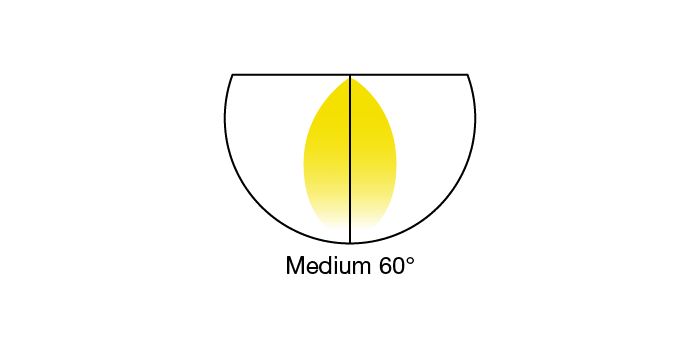
Wide Flood
61o – 75o

Very Wide Flood
76o – 120o
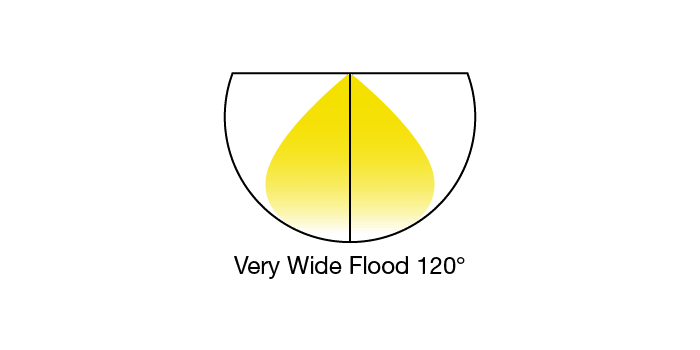
Difference between narrow and wide beam angles
At first thought, it seems to be simple and straight. Narrow beam angle creates narrow light cone, while wide beam angle performs the opposite. However, it is actually not as simple as it seems when making lighting decisions. You need to take into consideration also other factors such as brightness, intensity, ceiling height, number of lights used as well as spacing criterion to create the right lighting result.
In the case of same brightness, thus similar energy consumed usually for LED light, the narrower the beam angle the more intense of the light within the area and the further the light beam will reach. The wider the beam angle the lower the light intensity, but you will light a larger surface area. From the same ceiling height, same brightness of light in a wider beam angle will look much darker at the same illuminated surface area.
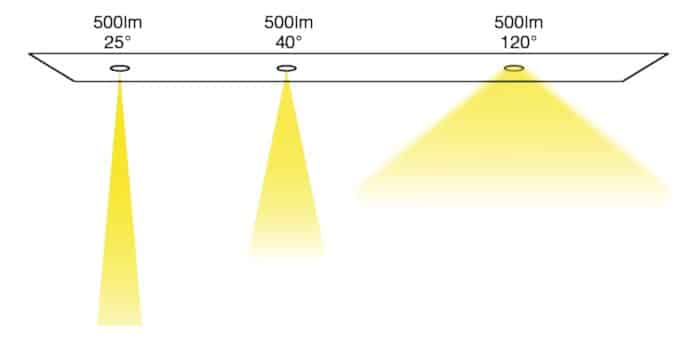
How to choose light beam angle for your space?
There are lots of aspects to be considered in lighting decisions. First you need to make clear functions of the space you want to light up. Wider beam angles are more suitable for spaces where you perform general activities and don’t need too much brightness while uniformity is more important, such as common area in retail buildings or living room at home.
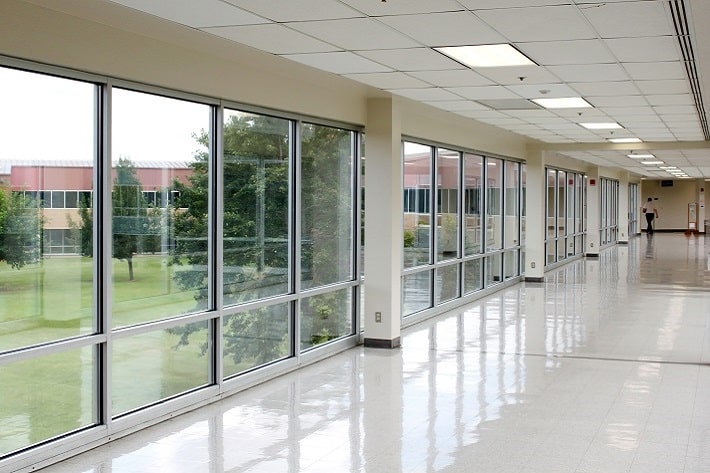
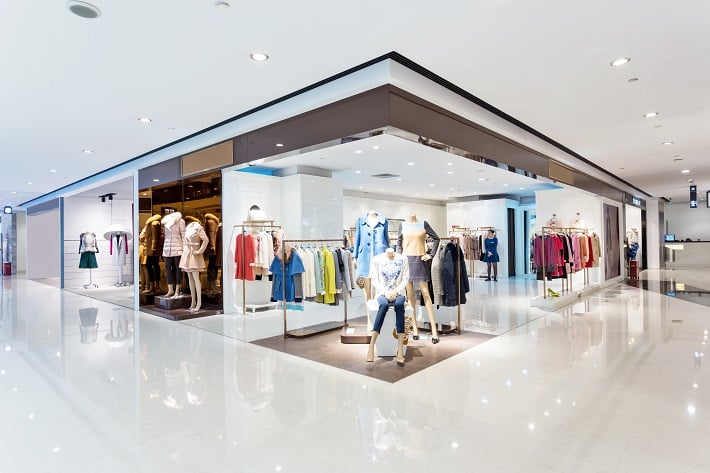
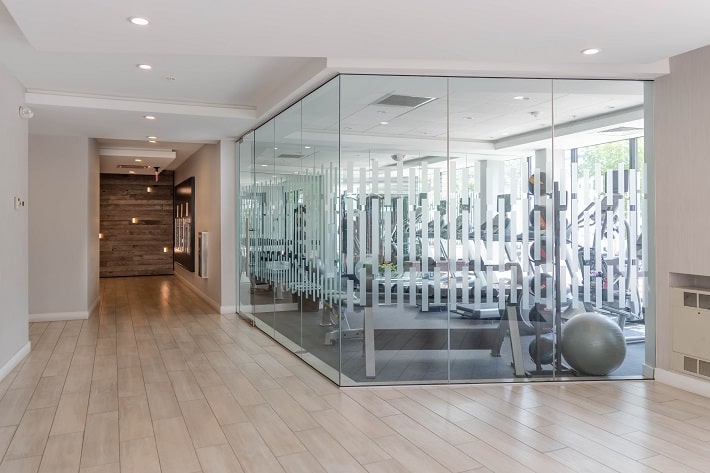
Narrower beam angles are more suitable for space where specific tasks need sufficient brightness to ensure safety or increase efficiency, such as reading area in library or reception area in hospitality applications. Narrow beam angles are also perfect if to create accent lighting to highlight specific objects or people, in art gallery or theater for example. The more intensity you want on the area the narrower beam you would choose. It can be used to define a clear separation between multiple spaces in the same room also, for example tables in a restaurant, and create intimacy. Narrow beams are perfect when you need to illuminate smaller details, for example a piece of art on the wall or a sculpture in museum. It would also be preferred for narrow room like a fitting room in a shop or for corridors.
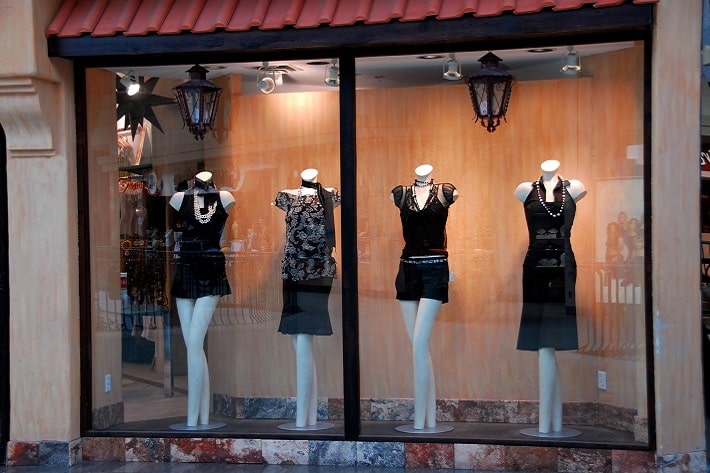

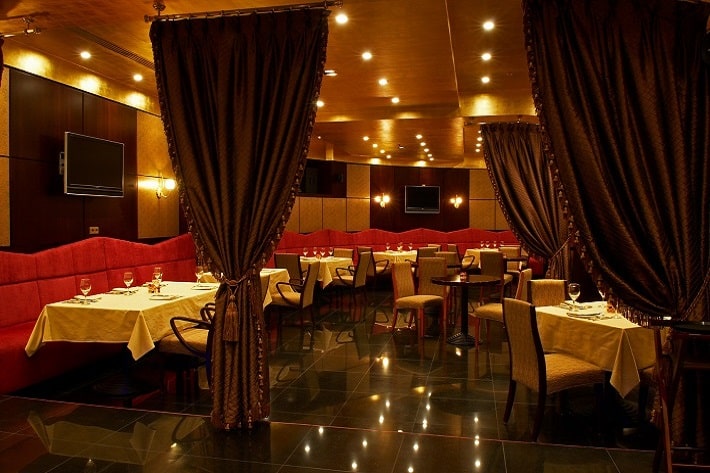
There is not a single perfect beam angle. In most cases, you need a proper combination of light sources with wider and narrower beam angles to provide right light to the different functional areas within a space.
What about the Spacing Criterion?
The distance from one light to another will also have an impact. If the lights are installed too far away from each other, wider beam angles only will not solve the problem of unlit dim area in the middle of the space. Increase the number of lights to make sure the light beams can overlap within the area.
The beam angle will also determine the spacing criterion which particularly important for recessed luminaires. The spacing criterion (SC) is basically a number used for calculating the maximum spacing between 2 luminaires, where the light intensity at the surface location in between the 2 sources is equal to the light intensity right under one of the sources. In other words, it gives you a number to calculate the maximum spacing between luminaires for which you would have an even illumination on the surface of the room.
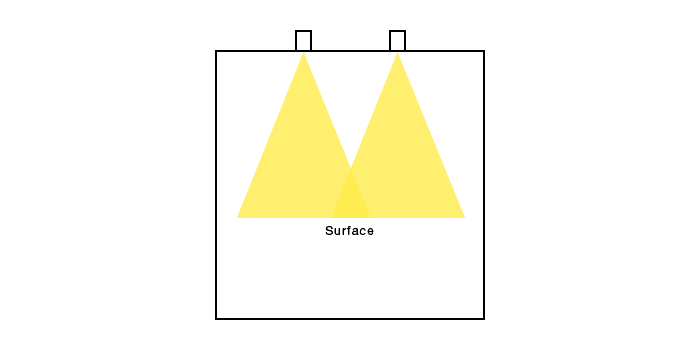
How to use the Spacing Criterion?
The formula is: Spacing Criterion x Ceiling Height = Maximum Space between each light source
For example, if you are using a 6” Downlight with a SC (Spacing Criterion) of 1.2 and the ceiling height is 8ft., your maximum space between 2 downlights should not exceed: 1.2 x 8 = 9.6 ft. Meaning that to get an even illumination of your room you would need to place each downlight at 9.6 ft from each other in all direction.
However, this formula provides the maximum spacing, if you space your downlight more than that you will get a spotlight effect with clear dividing line and shadow between each other, and as we’ve seen above this can be done on purpose on your project with a specific lighting design. On the other end if you decide to place your luminaire closer, you will increase the brightness of the room a lot, but there is also a risk of over-lighting, and discomfort glare with too many light sources.
When using spacing criterion, you need to keep the working plane in mind as well. The working plane is the height from which you will be computing your standard lux levels in a room. For instance, the working plane in the case of above example for calculation is the floor, whilst the working plane in classroom would be the desktops. For task or accent lighting you should consider the distance between your working plane and the light source, not always the floor. This is to be kept in mind when using spacing criterion for countertop, table, and shelve lighting for example.
Directional Lighting Products Choices
Browse the various directional lamps and luminaires offered in variety of beam angles from GREEN CREATIVE for your next lighting projects.
To check the choices of omnidirectional lamps and luminaires, click below.

